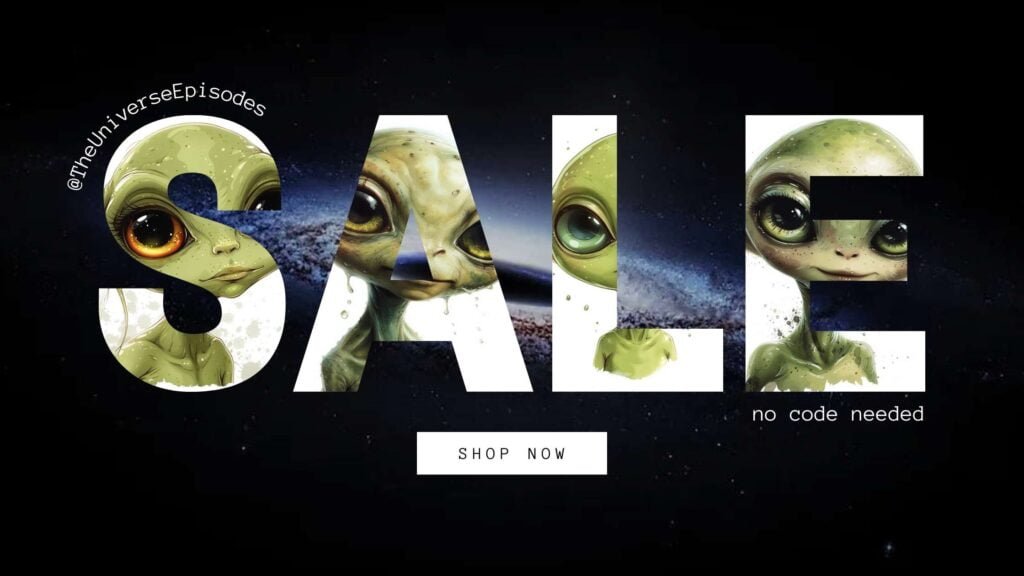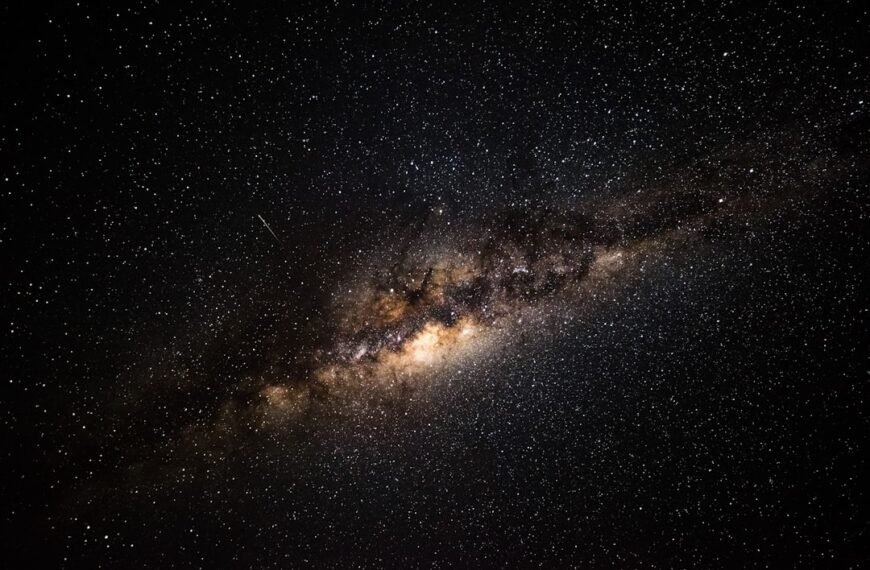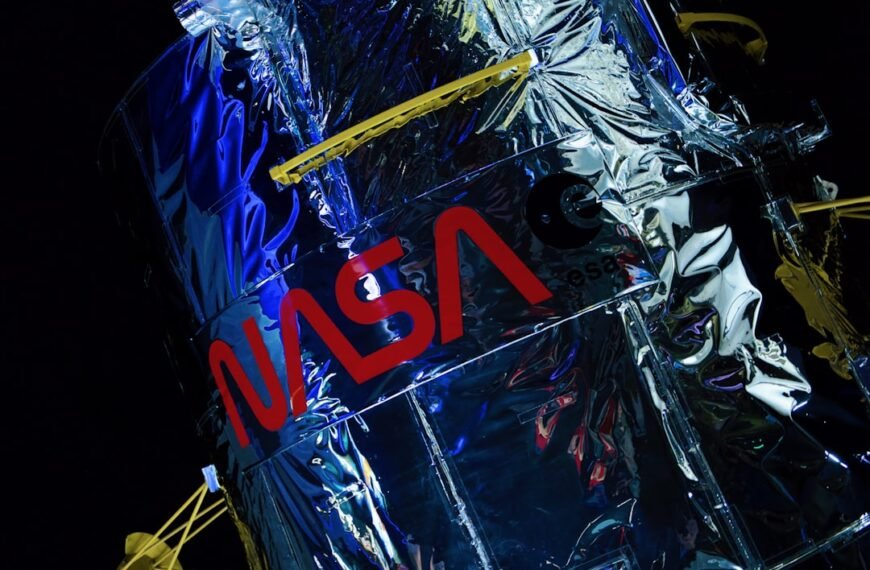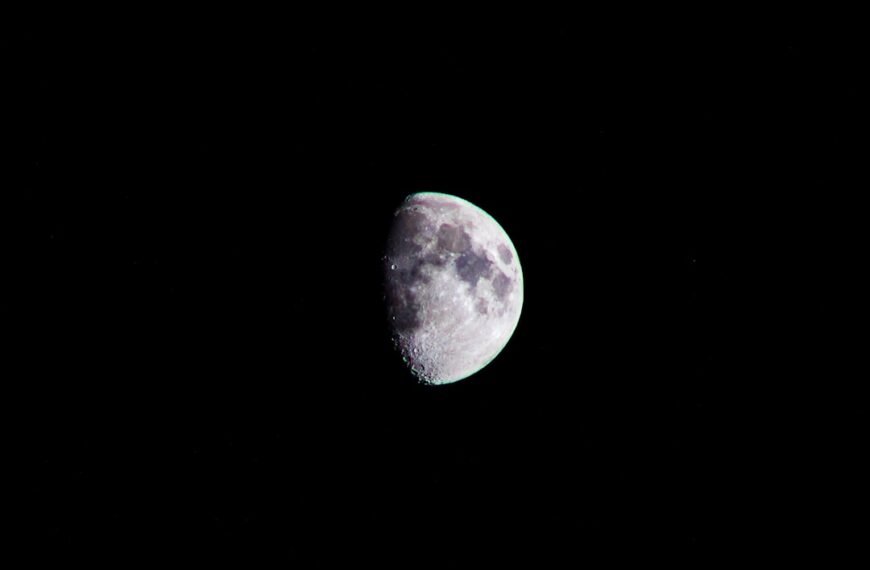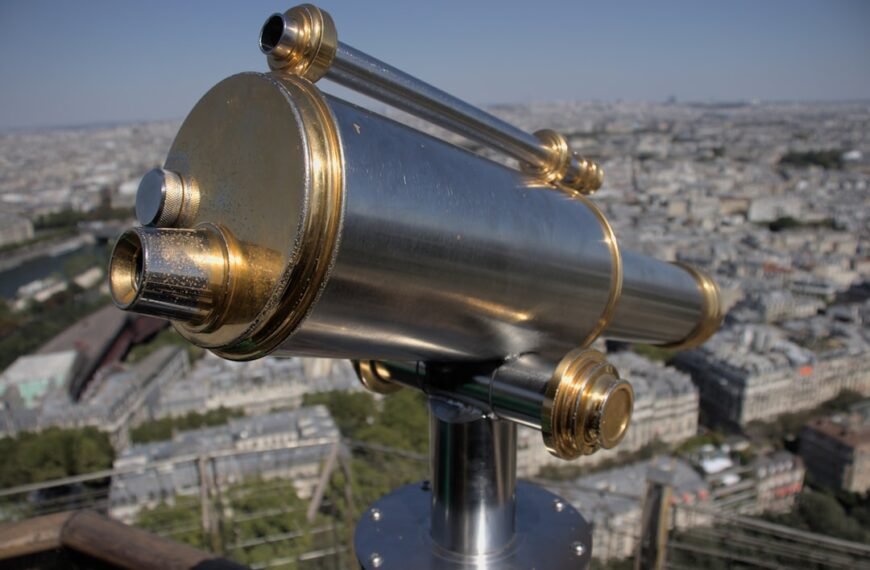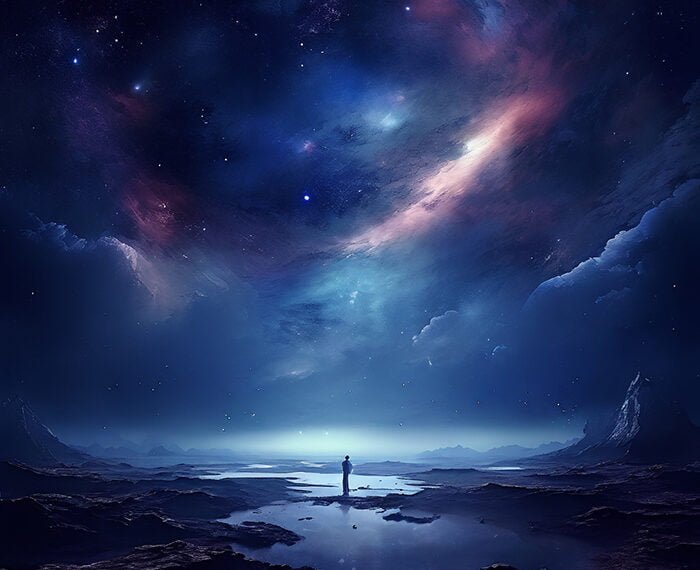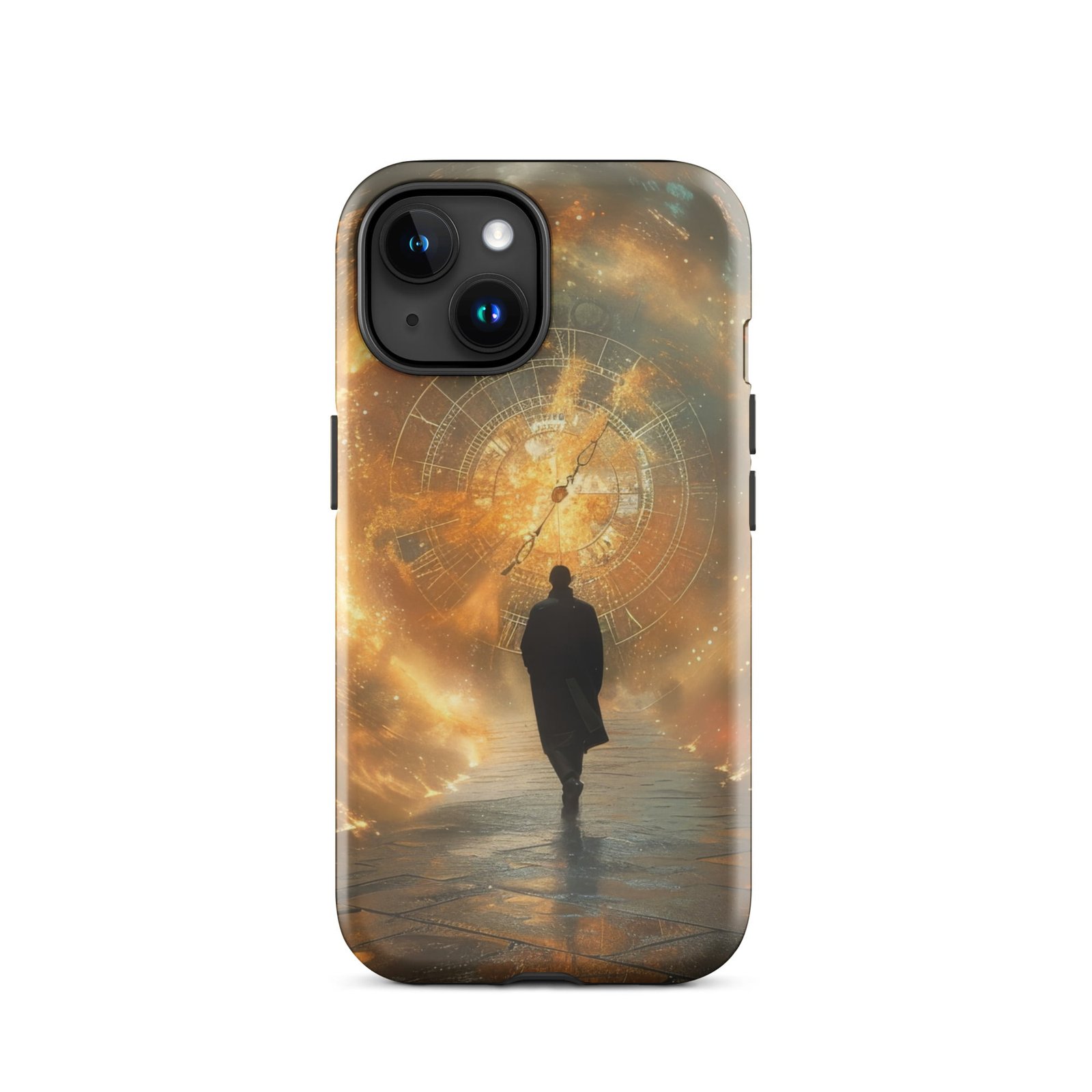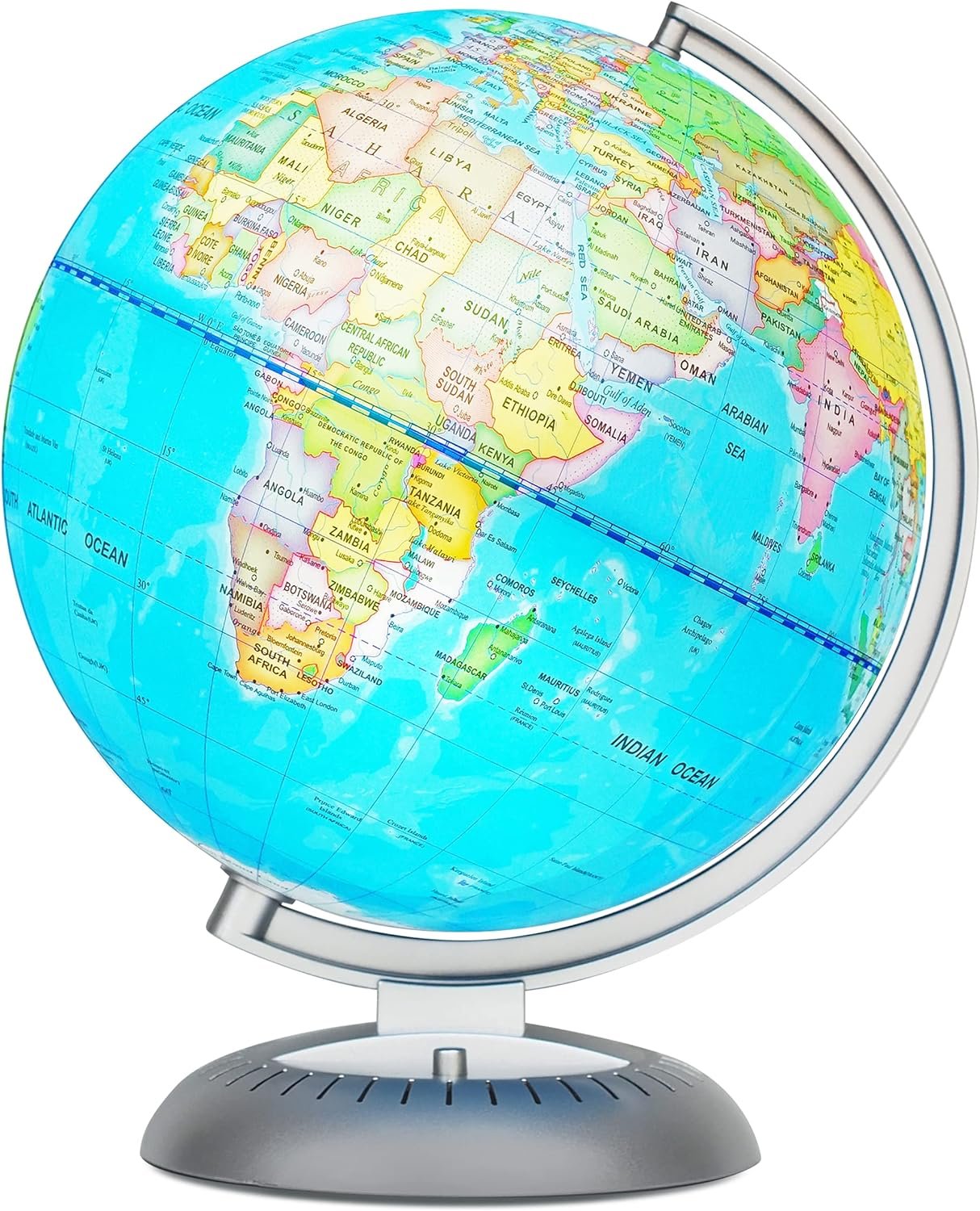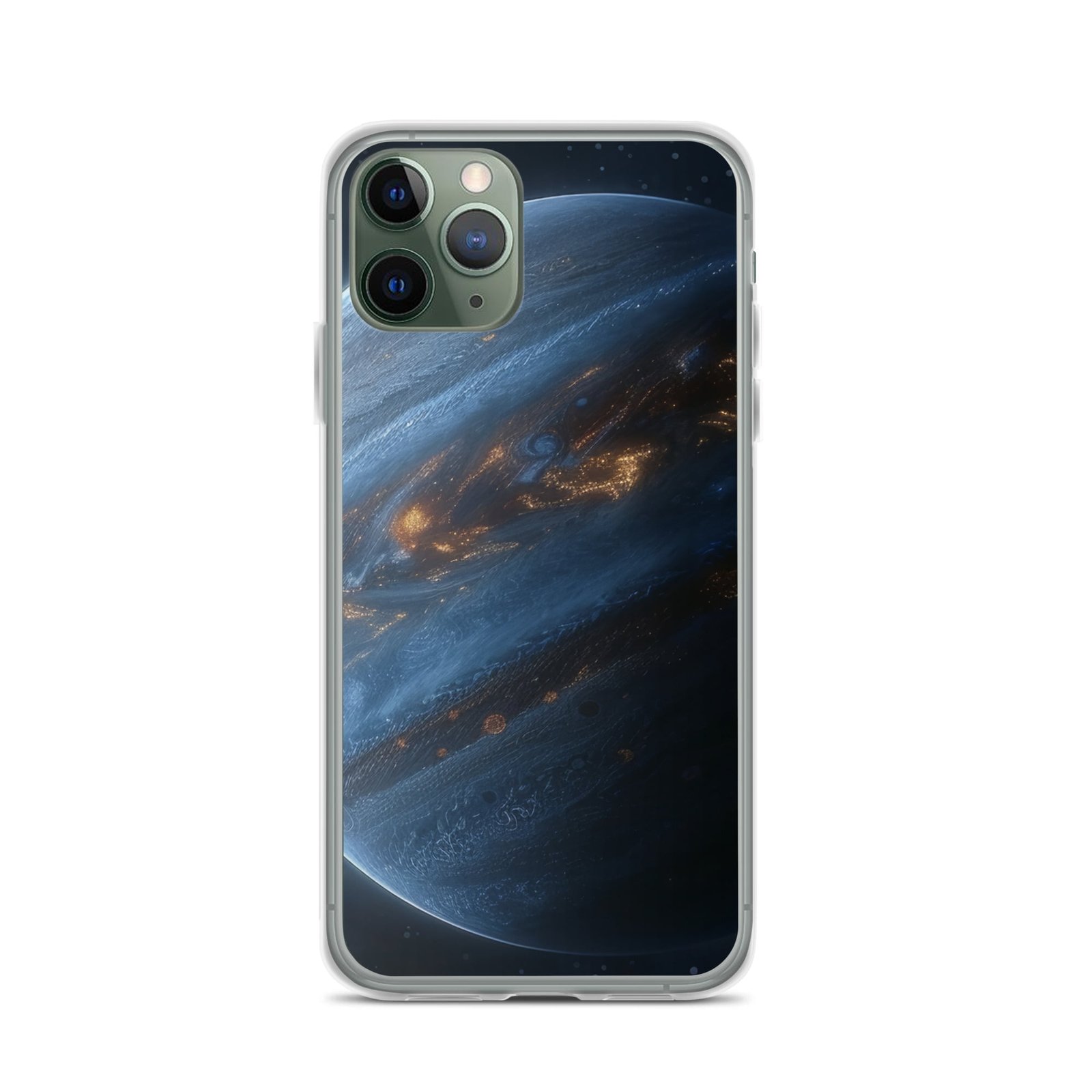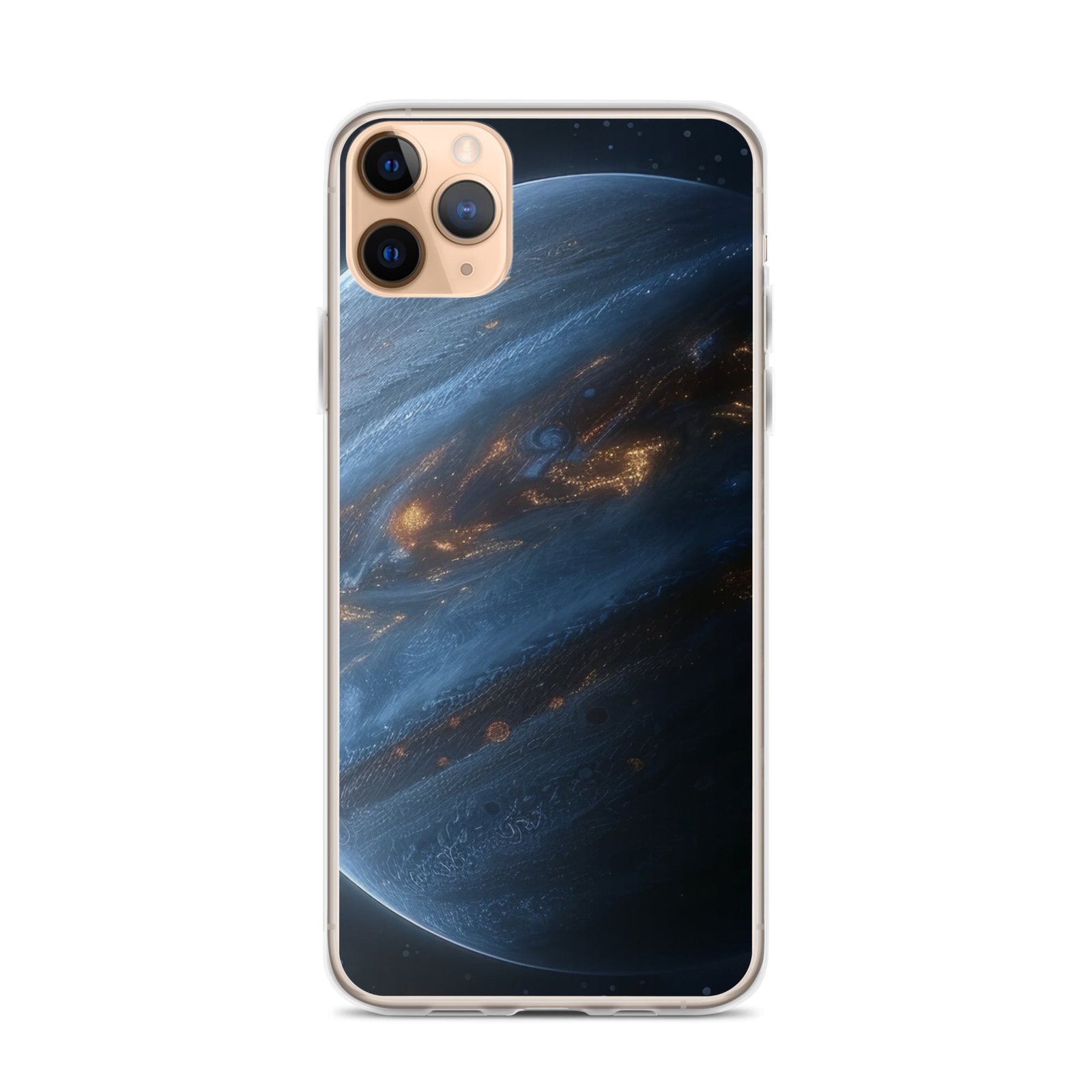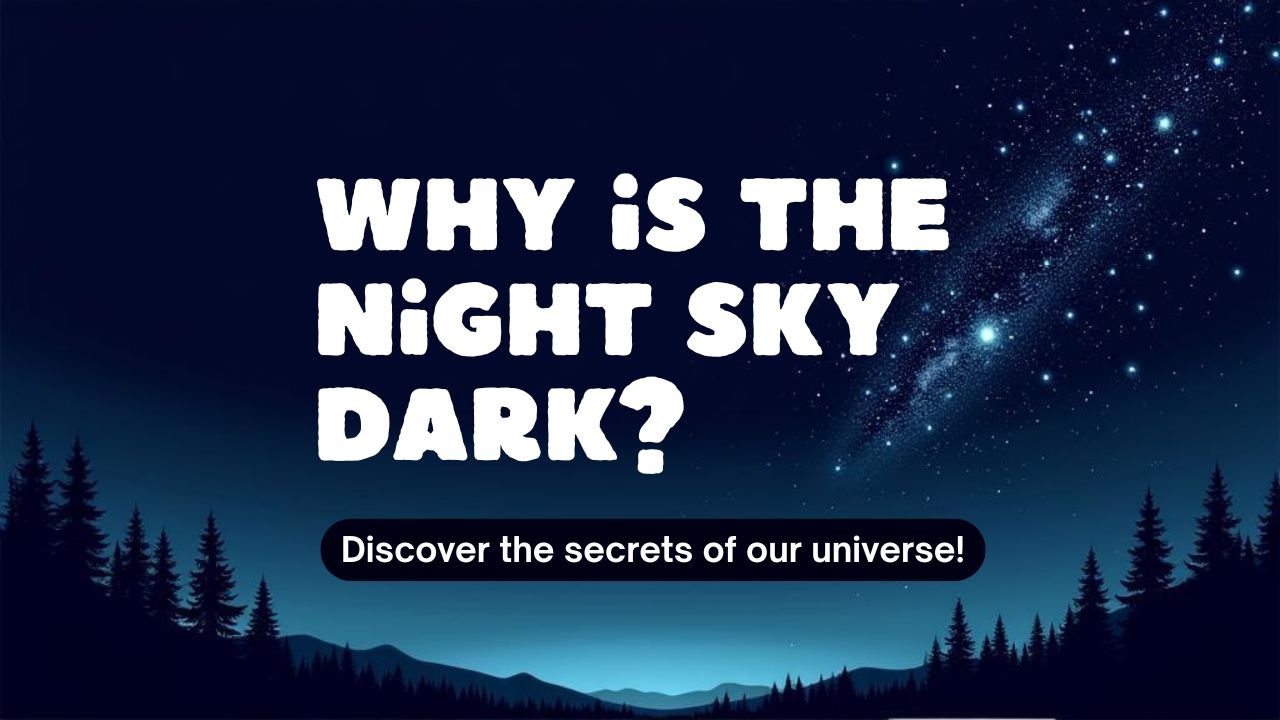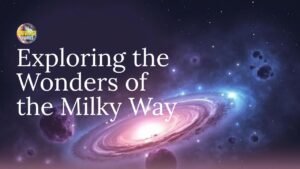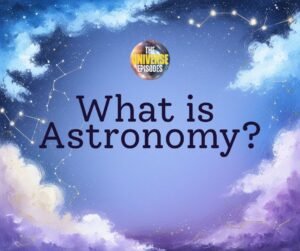Saturn, our solar system’s second-largest planet, dazzles with iconic rings, diverse moons like Titan, and captivating atmospheric phenomena.
Key Takeaways 📝
- Saturn’s low density, slightly higher than water, makes it the least dense planet in our solar system.
- Saturn’s rings extend up to 282,000 kilometers (175,000 miles) from the planet’s surface, composed of countless particles of ice and rock.
- Titan, Saturn’s largest moon, is larger than Mercury and has a dense atmosphere, making it a prime target for astrobiological exploration.
- Saturn’s powerful magnetic field creates mesmerizing auroral displays similar to Earth’s Northern and Southern Lights.
- Discoveries from the Cassini-Huygens mission have revolutionized our understanding of Saturn, revealing important clues about the formation and evolution of our solar system.
Saturn, the second-largest planet in our solar system, has long captivated the imagination of astronomers, scientists, and the general public alike. This majestic gas giant, adorned with its iconic rings, is a true marvel of the cosmos, offering a wealth of intriguing facts and mysteries waiting to be unraveled. In this comprehensive blog post, we’ll delve into the fascinating world of Saturn, exploring its surface, atmosphere, moons, and the rich history of its discovery and exploration.

The Ringed Wonder: Saturn’s Captivating Appearance
Saturn’s most distinguishing feature is undoubtedly its stunning ring system, which can be seen from Earth even with the naked eye. These rings, composed of countless small particles of ice and rock, extend up to 282,000 kilometers (175,000 miles) from the planet’s surface, making them the largest and most extensive ring system in the solar system. The rings are not a single solid structure, but rather a complex and dynamic system of individual particles, each orbiting the planet at their own unique velocity.
Beneath the Rings: Saturn’s Composition and Structure
Beneath its captivating rings, Saturn is a gas giant, primarily composed of hydrogen and helium, with a small rocky core at its center. Unlike the terrestrial planets, Saturn does not have a solid surface; instead, it is enveloped in a thick, swirling atmosphere of gases that gradually transition into a liquid state as you move deeper into the planet. Saturn’s low density, just slightly higher than that of water, is a testament to its gaseous composition, making it the least dense planet in the solar system.
Seasonal Variations and Atmospheric Phenomena
Saturn’s axial tilt of 26.73 degrees, similar to Earth’s, results in pronounced seasonal variations across its surface. As the planet orbits the Sun, its northern and southern hemispheres experience different levels of heating, leading to a range of atmospheric phenomena, including powerful storms, jet streams, and the formation of the iconic Great White Spot, a massive storm system that appears approximately every 30 Earth years.
The Magnetosphere and Aurorae
Saturn’s powerful magnetic field, generated by the circulation of its liquid metallic hydrogen layer, extends far into space, creating a magnetosphere that interacts with the solar wind. This interaction produces stunning auroral displays in the planet’s upper atmosphere, similar to the Northern and Southern Lights on Earth, offering a mesmerizing display of nature’s cosmic forces.
The Moons of Saturn: A Diverse Celestial Zoo
Saturn is orbited by an impressive array of moons, with a total of 82 confirmed satellites as of 2019. Among these moons, Titan stands out as the largest, even surpassing the planet Mercury in size. Titan is a unique world, with a dense atmosphere and the potential for a subsurface ocean, making it a prime target for future astrobiological exploration. Other notable moons include Enceladus, with its active geysers and potential for subsurface life, and the irregularly-shaped Hyperion, with its sponge-like appearance.
The Discovery and Exploration of Saturn
Saturn has been known to humanity since ancient times, with the earliest recorded observations dating back to the 8th century BC. However, it wasn’t until the invention of the telescope that the planet’s true nature was revealed. Galileo Galilei’s observations in 1610 marked the first telescopic sighting of Saturn, though he was unable to discern the planet’s iconic rings due to the limitations of his equipment. It wasn’t until 1659 that the Dutch astronomer Christiaan Huygens finally solved the mystery of Saturn’s rings.
In more recent times, several spacecraft have visited Saturn, including NASA’s Pioneer 11, Voyager 1 and 2, and the Cassini-Huygens mission, which orbited the planet for 13 years and provided a wealth of data and stunning imagery that have revolutionized our understanding of this captivating world.

Conclusion: Unlocking the Secrets of Saturn
Saturn, with its majestic rings, diverse moons, and a wealth of atmospheric phenomena, continues to captivate and intrigue scientists and the public alike. As we delve deeper into the mysteries of this gas giant, we uncover clues about the formation and evolution of our solar system, as well as the potential for life beyond Earth. The ongoing exploration of Saturn and its moons promises to yield even more remarkable discoveries, further expanding our understanding of this enigmatic and awe-inspiring planet.




